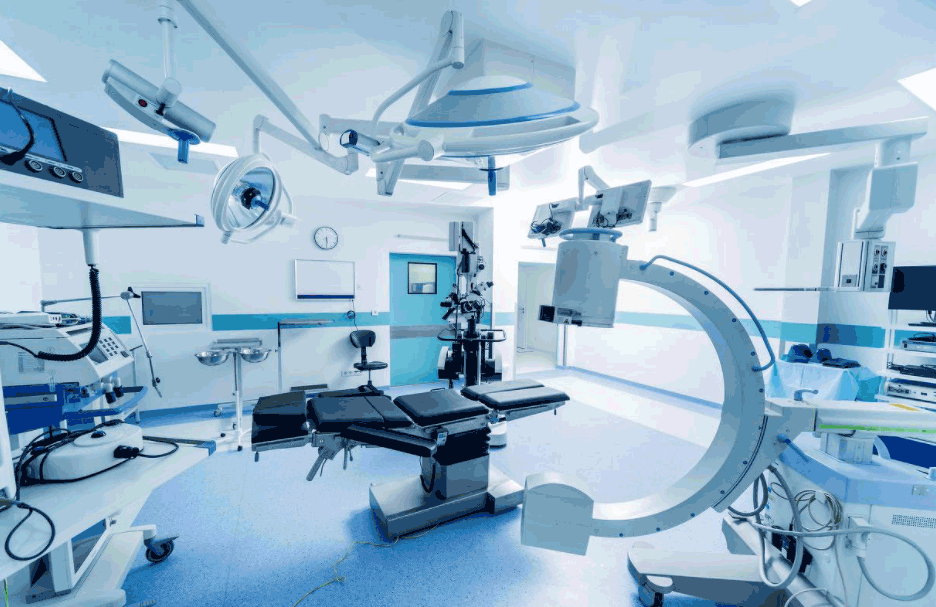Medical Equipment: How electronic chips drive medical equipment
A pulse oximeter uses a light-based sensor chip to measure blood oxygen saturation by emitting LEDs through a fingertip and detecting reflected light with a photodiode. That sensor IC must sample signals at high rates, filter noise, and send clean data to the main processor. In devices such as ECG monitors, specialized analog-front-end chips amplify tiny voltage differences produced by heartbeats and convert them into digital values. Because patient safety depends on accuracy, these sensor ICs include built-in self-tests and low-drift circuits that maintain calibration over time.

Central Control: Microcontrollers in Therapeutic Devices
Insulin pumps and infusion systems use microcontroller units (MCUs) to execute precise delivery algorithms. Instead of bulky mechanical gears, the MCU calculates the correct dose based on real-time glucose readings, then drives a stepper motor or peristaltic pump to release insulin. These 32-bit controllers often integrate safety features—such as watchdog timers and error-checking modules—to prevent over-infusion. In respiratory ventilators, the same class of MCU orchestrates valve timing, monitors pressure sensors, and logs patient data, all within a compact circuit board.
Signal Conditioning: ADCs and DACs for Accurate Outputs
In many diagnostic instruments, analog-to-digital converters (ADCs) translate continuous signals—such as temperature or pressure—into digital streams the system can analyze. A blood pressure monitor, for example, uses a high-resolution ADC to sample cuff pressure hundreds of times per second. When a device needs to produce precise analog outputs, such as generating stimulation pulses in a cochlear implant, digital-to-analog converters (DACs) create clean voltage waveforms. High fidelity in these converters ensures that doctors and patients can trust both readings and treatments.
Connectivity: Wireless and Wired Communication Chips
Modern medical equipment often shares data with hospital networks or patient smartphones. Whether using Bluetooth Low Energy to send fitness tracker readings or Ethernet to link an MRI scanner to a central archive, communication ICs handle encryption, error correction, and protocol stacks. In critical care, a real-time link provided by a Wi-Fi chip must offer low latency to stream continuous patient metrics without dropouts. Engineers select modules that comply with medical-grade standards for electromagnetic compatibility and data security.
Advanced Processing: DSPs and AI Accelerators
Image-guided diagnostics, such as ultrasound and portable X-ray systems, rely on digital signal processors (DSPs) to filter echoes or reconstruct images. By offloading these intensive tasks from the main CPU, a DSP chip can deliver high-resolution scans in real time. Emerging devices include AI accelerator chips that run neural-network models directly on the device, enabling early detection of anomalies without sending patient images to the cloud. This on-device intelligence safeguards privacy while speeding up diagnosis.
Choosing the Ideal Chipset: Key Considerations
Designers must balance power consumption, size, and medical compliance. A sensor IC for wearable patient monitors needs ultra-low energy draw to extend battery life, whereas a DSP in an imaging console demands high throughput and heat dissipation. All components require certification—such as ISO 13485 or FDA clearance—so vendors provide detailed datasheets with safety margins and reference designs. By comparing package dimensions, thermal ratings, and regulatory documents, engineers achieve the right mix of reliability and performance.
Future Trends in Medical Electronics
Looking forward, chipmakers are developing miniature system-in-package solutions that combine sensors, processors, and power management into a single module no larger than a grain of rice. Ultra-secure hardware roots of trust will further protect patient data from cyber threats. Advances in biocompatible chip substrates may even allow implants that power themselves from body heat or glucose. As integration deepens, medical equipment will become more compact, autonomous, and intelligent—saving lives with ever-smaller silicon marvels.









